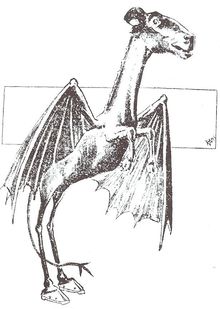Digital Recorders vs. Analog Tape Recorders
To Buy Or Not To Buy a Digital Recorder – 7 Features to Consider

Analog tape recording devices have been around for decades and still play an important role in dictation and transcription.
In recent years, however, you’ve probably seen more digital recorders in the pockets and on the desks of everyone from students and office assistants to doctors, lawyers, and board chairmen.
Is it worth upgrading from analog microcassettes to digital smart cards? Will you be able to figure out how to use it? And will you be able to afford it?
7 features to consider when considering Digital vs. Analog Recorders
1. PORTABILITY. Technology has advanced to the point where digital recorders are as small and light, if not smaller and lighter, than microcassette recorders, so you’ll be able to take them anywhere you need them. By the way, these digital recorders are great gifts for people on the go.
2. RECORDING MEDIA . Digital recorders use either internal flash memory or smart cards, which can be inserted and ejected like cassettes, to record. Both options give you anywhere from dozens to hundreds of hours of recording time, even on the smallest digital devices. When you’ve run out of recording room, you can simply transfer the files to your computer and erase them from the recorder. If you’re using a recording device with smart cards, you can simply buy a new one, pop it in the recorder and go.
3. DURABILITY. Analog recorders are rugged and long-lasting. Contrary to what you might think, so are digital recorders. In fact, because they have no moving parts, they’re built to last for years with virtually no wear and tear. Same goes for the smart cards which many digital recorders employ. All the information is stored on chips in the smart card, so there’s nothing to rewind or fast-forward when you’re looking for a specific part of the recording. As a result, it’s virtually impossible (pun intended) for a smart card to wear out.
4. STORING AND SHARING RECORDINGS. Digital recorders connect directly to your computer – many of them don’t even require a USB cord – so you can transfer files to your hard drive quickly and easily. This makes it a snap to flexibily organize your files, and it also makes it much easier to send files to multiple users via email. Have a long meeting you want transcribed by more than one person at the same time? Simply transfer the recording from your digital recorder to your computer and send it off to all the transcribers simultaneously. If you want a hard copy, just burn the file/files to a CD.
5. EASE OF USE. Recording digitally makes it easier to find a specific part of your sound file. No more rewinding and fast-forwarding! If you want to hear something that was said half an hour or two hours or five hours into your meeting, you can access it in seconds. You can even extract the important parts of a long recording and make separate files for them. And it’s practically unheard of to mistakenly erase a sound file. Unlike an analog cassette, you can’t simply rewind a digital file and accidentally record over it – erasing it takes deliberate effort.
6. ENGINEERING. It’s nearly impossible to mess up a digital recording. Depending on your budget, you can purchase a recorder which will automatically set recording levels. Many digital recorders can also record only when sound is detected. That way, if you’re recording a seminar or meeting with a lot of long pauses, you won’t have a lot of “dead air” on your recording.
7. PRICE. Analog tape recorders still have a price advantage at the lower end of the market, but as you add bells and whistles, there’s a wide range of digital recorders available at competitive prices. The time has arrived when state-of-the-art digital recording technology is within the reach of everyone from students to executives.
Take a look at our selection of digital voice recorders and see which one is right for your needs and your budget! Or if you are a particular fan of Olympus, see our review of current Olympus recorders.


